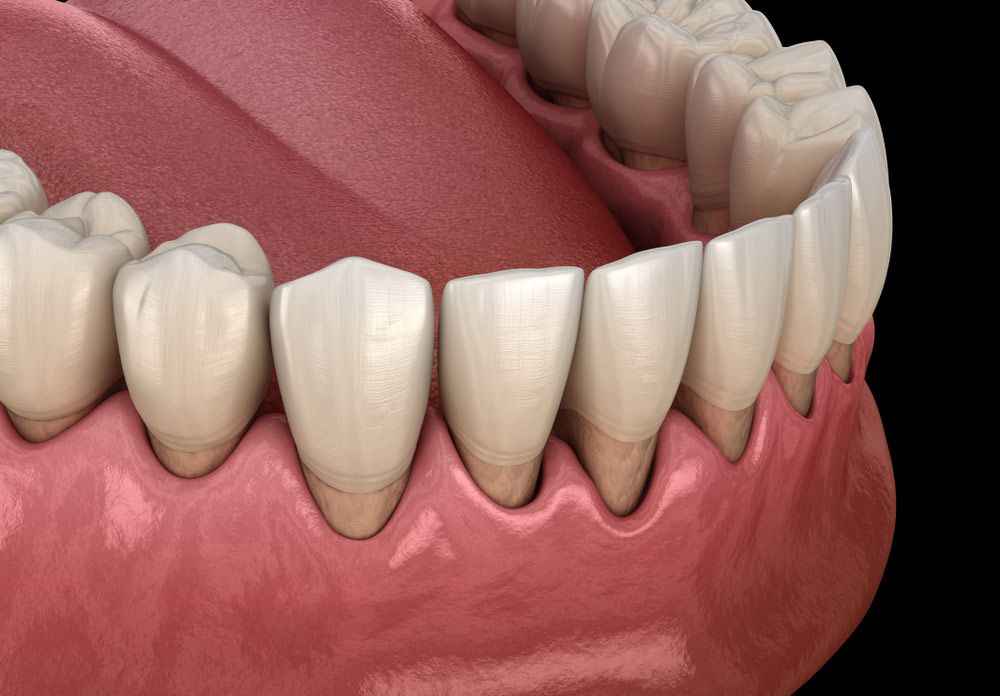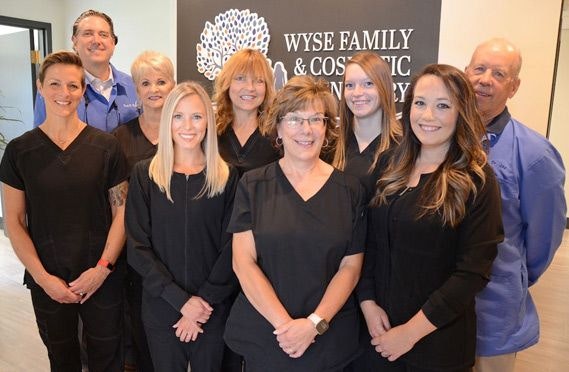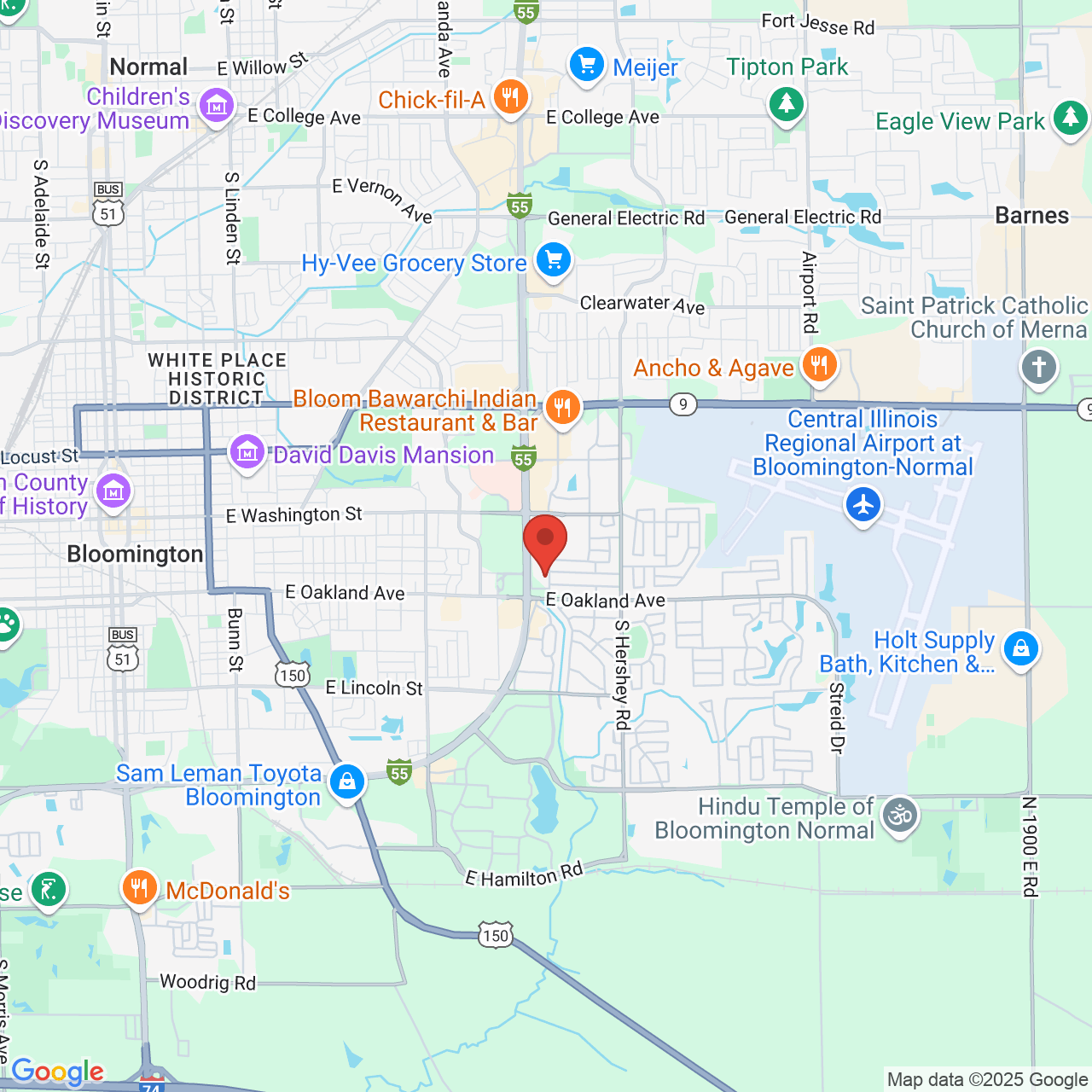Gum Grafting: The Treatment Process & Recovery Time
If you have experienced gum recession, your dentist may recommend a gum graft as a way to restore the symmetry of your gumline. The procedure is relatively quick and simple, and can offer lasting benefits. Gum grafting is one of several restorative treatments that Drs. David D. Wyse and Jay W. Chrisman may recommend at their Bloomington, IL, office. Our practice was founded over 100 years ago and we pride ourselves on continuing to improve the community's smiles and oral health.
What Is Gum Grafting?
Gum recession can occur for a number of reasons. Some individuals we see brush their teeth with too much pressure or use a toothbrush that has hard bristles. Over time, this can erode the delicate gum tissue. Gum recession also occurs as a result of untreated gum disease. Patients who have advanced periodontitis can experience the gum tissue pulling away from their teeth as a response to the advanced infection. If you show signs of gum disease, you may need to undergo periodontal treatments before you can become a candidate for a gum graft at our Bloomington dental clinic.

There are a variety of gum graft procedures available to our patients. All gum grafts restore lost gum tissue. The type of procedure that is recommended will depend on the extent of your gum recession and other factors. Your dentist may recommend:
- Connective tissue grafts: This procedure involves the removal of tissue from the roof of the mouth. A flap is made, and tissue is removed from underneath the flap. The tissue is then stitched to the patient’s gum tissue and over the exposed tooth root.
- Free gingival grafts: This grafting procedure involves the removal of tissue from the roof of the mouth without creating a flap. The tissue is attached to the donor site with stitches.
- Pedicle grafts: For a pedicle graft, the doctor partially cuts away gum tissue near the exposed root (keeping one edge attached) and places it over the exposed root before suturing it in place.
The Recovery Process
Most patients fully recover within one to two weeks. Recovery may involve:
- Avoiding flossing or brushing at the surgery site
- Using mouthwash to sanitize the surgical area
- Taking antibiotics
- Avoiding certain foods until the area has fully healed
When Is Gum Grafting Recommended?
Gum grafting may be recommended for restorative or cosmetic reasons. An exposed root is often darker in color than enamel. Some patients want to have a more even gumline or to cover up an exposed root for purely cosmetic reasons.
Gum recession can also lead to tooth sensitivity and discomfort. Advanced gum recession can lead to loose and shifting teeth or even tooth loss. During your consultation at our Bloomington dental clinic, one of our doctors will explain if you could benefit from gum grafting.
Benefits of Gum Grafting
Many dental insurance programs will pay for part or all of a gum graft procedure. Patients who undergo a gum graft can benefit from:
- A more even gumline
- A brighter and more attractive smile
- Reduced dental sensitivity
- Lower risk of dental problems in the future
- A quick and effective procedure
- Restored oral health
- Long-lasting results (when good oral hygiene habits are maintained)
We also accept CareCredit® financing to help manage any out-of-pocket costs.
Contact Our Office Today
Gum recession can develop over the course of many years. Some patients do not even realize that their gumline has receded until they visit our office. If you are ready to enjoy the benefits of a restored gumline, contact our office online or call (309) 663-6393.



